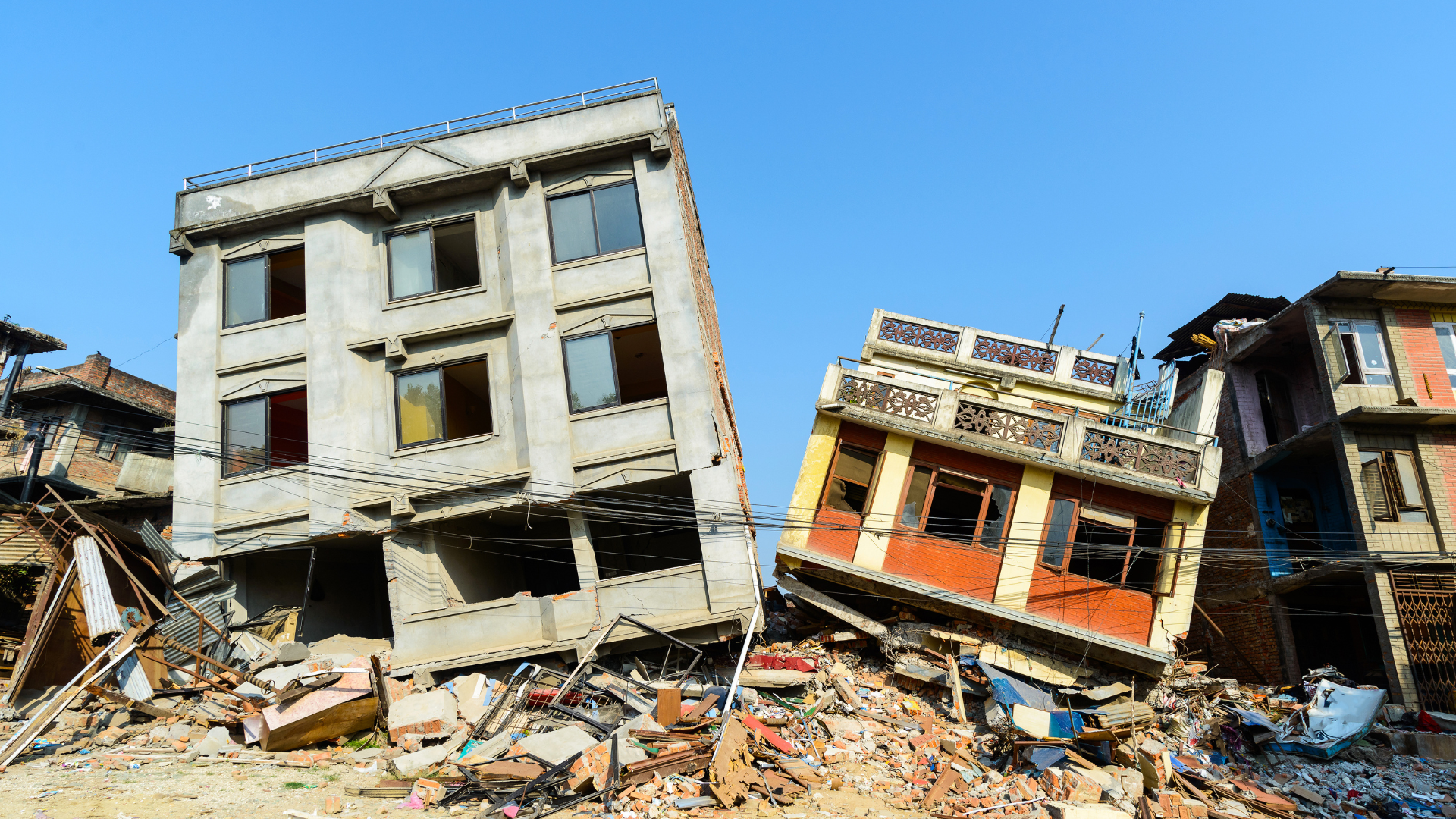Geologists map earthquakes so that they can predict where and when an earthquake will strike. However, mapping earthquakes is the only way geologists can gauge the size and severity of these events. But what is it like to map a quake? Here is a blog article about science and geology to help you answer that question.
Mapping Earthquakes
Earthquakes are natural occurrences that can be felt by people and can cause damage to buildings, infrastructure, and other objects. Geologists use various techniques to map earthquakes in order to better understand their location, size, and intensity. One technique used by geologists is seismic reflection tomography. This technique uses reflected waves from an earthquake to create a three-dimensional image of the earthquake’s epicenter. By understanding the size and shape of the epicenter, geologists can better estimate the magnitude of an earthquake. Additionally, geologists may use seismometers to measure the vibrations created by earthquakes. Measuring these vibrations can determine the type of earthquake that has occurred.
Geologists may also study aftershock behavior in order to better predict when an area is likely to experience another earthquake. all of these techniques help geologists map earthquakes with greater accuracy and precision
What are the signs of an earthquake?
There are many signs that an earthquake is happening, but the most common ones are shaking and liquefaction. Other signs may include loud noise, landslides, and tsunami alerts. When an earthquake occurs, the ground suddenly rattles and shakes. This is because the Earth’s surface is made up of many large and small pieces that move and slip relative to each other. The shaking can be felt by people near the epicenter, as well as by people far away. Earthquakes are measured using a scale called the Richter Scale, which ranges from 0 to 8. The scale measures how much energy is released during an earthquake.
The most common type of earthquake called a “magnitude-3” quake, releases energy equivalent to a magnitude 2 or fewer earthquakes daily. A magnitude-5 quake releases energy equivalent to magnitude 4 or 5 earthquakes daily. A magnitude-7 quake releases energy equivalent to a magnitude 6 or more earthquakes that happen every day.
What Should You Do?
The best thing to do is to stay informed. Earthquakes can happen anywhere in the world, so it’s essential to know about the signs and symptoms of an earthquake. They can also be unpredictable, so always take action based on your own safety and that of those around you.
If you feel an earthquake, drop to the ground and hold onto your head! If you are outdoors, move away from trees and poles. If there is a tsunami warning, go to high ground immediately! Remember: if there is an earthquake, don’t panic – just act quickly and calmly.
While these immediate safety measures are crucial during seismic events, residents and business owners in earthquake-prone areas should also focus on preparedness before disaster strikes. One important step is ensuring that properties are structurally sound through earthquake retrofitting. This process typically involves strengthening buildings to better withstand seismic forces, especially for older structures built before modern safety codes. Furthermore, retrofitting methods, such as reinforcing foundations or adding steel braces, could significantly reduce the risk of damage, protecting both lives and property.
Knowing How Far Away an Earthquake Is
Scientists use a variety of methods to predict the distance and timing of earthquakes. One method, called seismic profiling, uses data from tiny tremors (or “seismograms”) that are recorded by instruments all over the world. By studying how these tremors vary in intensity, scientists can figure out how far away an earthquake is and its likely time of occurrence.
Other methods focus on predicting earthquake epicenters (places where the fault lines that cause earthquakes rupture). By studying changes in ground stress (a measure of how much strain is exerted on a material), scientists can determine where the biggest earthquakes tend to occur. This information is then combined with data about past earthquakes to create a “fault map” of the area.
Scientists keep track of earthquakes worldwide using a network of sensors known as the Global Earthquake Alert System (GEAS). When an earthquake occurs, GEAS sends out alerts to seismometers around the world. These alerts help scientists determine where the quake occurred, so they can better monitor it and track its progress.
The Last Major Earthquakes That Happened in the United States
The most recent major earthquake to hit the United States was the Northridge earthquake in California on January 17, 1994. This event had a magnitude of 6.7 and killed over 60 people. The last major earthquake that happened in the United States was a magnitude 6.8 quake that struck near Napa, California, on 24 January 2018.
Earthquakes happen all over the world, and they can be incredibly destructive. Geologists use a variety of methods to map out where these earthquakes may occur in the future so that we can better prepare ourselves for when they do happen. By understanding how geology works, you can help make sure that your community is as prepared as possible for an earthquake.



